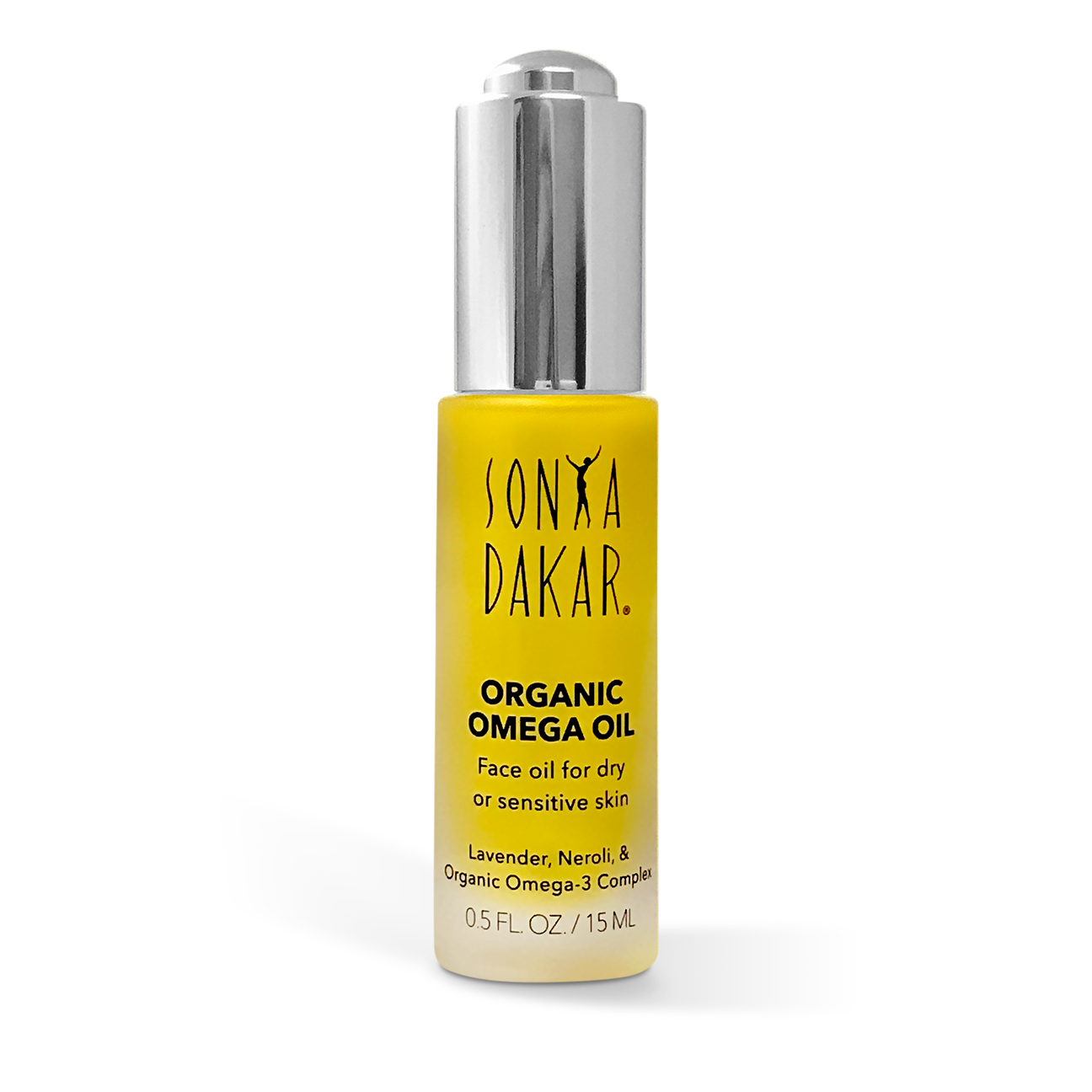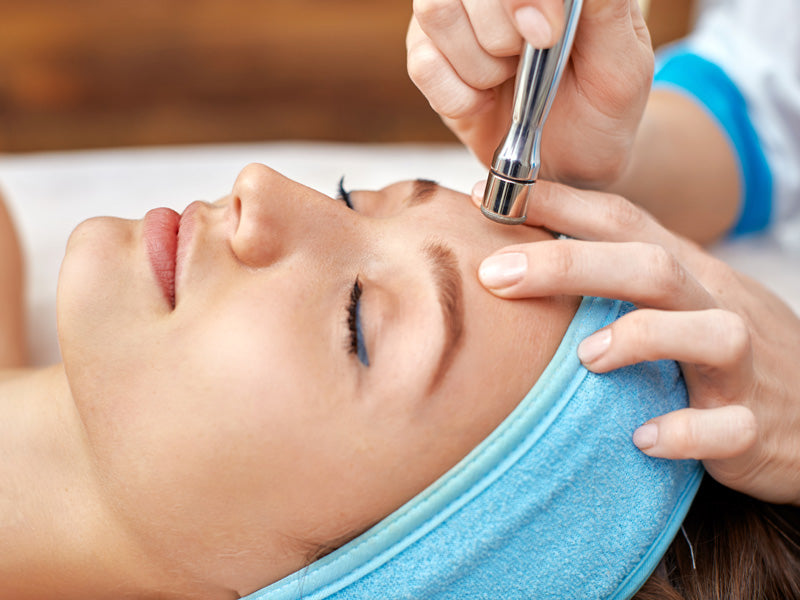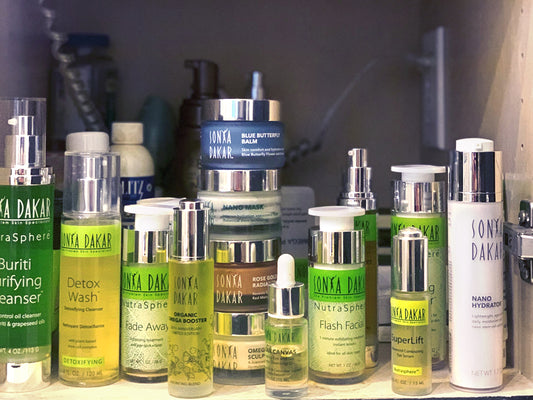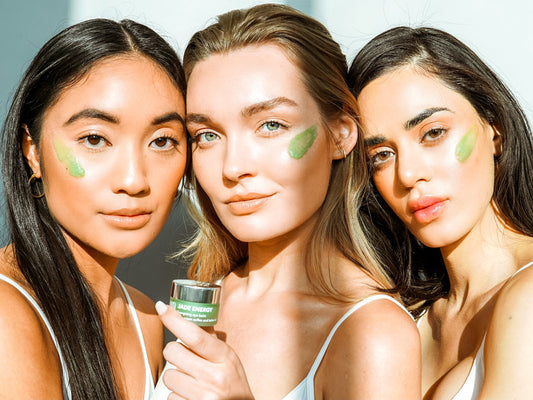Did you ever wish you can wave a magic wand over your face and poof—your sun damage, scars, blotchiness or lines are erased?
If you have then join the club!
If you opt not to go the invasive route, then Microdermabrasion, also referred to as mechanical exfoliation, can give your skin superb results (not miracles, but very effective results).
Whether you struggle with skin discoloration, acne-prone, scarred or wrinkled skin, Microdermabrasion can definitely help. When you start inquiring about non-invasive skin resurfacing treatments you can wind up pretty confused and overwhelmed. So, we have broken down the most important points to ponder when considering microdermabrasion, to help educate you on the magic of this micro resurfacing method.
How Does It Work?
Microdermabrasion, also referred to as mechanical exfoliation or micro resurfacing, is a method for facial rejuvenation that uses a mechanical medium for exfoliation along with adjustable suction to sweep away the outermost layer of dead skin cells from the epidermis. It is a non-invasive procedure, which is performed in-office by a trained skin care professional. Candidates include individuals struggling with sun damage, acne prone and blotchy skin, fine scars, slight wrinkles, keratoses, large pores, non-inflamed whiteheads caused by keratin-clogged pores, or unfavorable skin texture.
The exfoliation and suctioning disrupts the skin’s surface causing cell division. As the skin cells divide fibroblast activity is stimulated leading to collagen production, which leads to thicker, firmer skin. Human skin sloughs off at a slower rate with age, so the exfoliation of several layers of the stratum corneum (surface skin layers) leaves skin fresh and radiant. Microdermabrasion can be done to decrease the appearance of superficial hyperpigmentation, photo-damage, diminish fine lines, wrinkles, and shallow acne scars, which helps to even out the texture. Removing the dead skin will aid in the penetration of skin care products by up to 50% and makeup will go on much more smoothly.
Microderm vs Diamond Peel?
This skin-freshening technique can be performed using two different types of machines: a standard microdermabrasion machine, and the newer Diamond Peel machine. What is the difference?
Introduced to the US market in 1996, standard microdermabrasion uses a device like a fine sandblaster to spray tiny aluminum oxide crystals across the face, mixing gentle abrasion with suction to remove the dead, outer layer of skin. The primary difference between microderm and the diamond peel is that Microdermabrasion involves the skin being "sandblasted" by aluminum oxide crystals to remove the top layer of the skin while the diamond peel’s diamond tipped wands uses a particle-free method that can yield greater results with less down time.
The regular crystal micro dermabrasion technology involves the use of a special, hand-held device that propels a high-speed flow of aluminum oxide crystals onto the skin. At the same time, the machine's vacuum system sucks away dirt, dead cells and used crystals.
The diamond derm abrasion system, on the other hand, replaces the micro-crystal flow with a disposable or reusable diamond tip wand. Areas closer to the eyes and mouth can be abraded more accurately with diamond abrasion (no risk of stray crystals causing damage or being ingested).
Diamond microderm machines usually come with tipped wands of varied size and coarseness for different skin types and depths of resurfacing. The wand tip is made of natural diamond chips which polish the skin and remove dead cells, which are then vacuumed back into a waste filter. Many professionals prefer natural diamond tips because they are easier to control and don't irritate the skin (natural minerals are less likely to trigger adverse reactions).
What are the Risks and Side Effects
There aren’t many risks with microdermabrasion if you are a "healthy" adult and the skin care professional uses the level appropriate for your skin. Striping can occur in clients with very sensitive skin. Avoid the treatment in cases of inflamed acne. Be aware that bleeding can occur on skin with some forms of acne or recently shaved skin, which can indicate that the levels may be too high.
How Many Treatments Will I Need?
A normal course of treatments varies between 6-10 at approximately 2-3 week intervals. It is recommended that you schedule an additional treatment every 1-3 months to maintain your skins condition. Most individuals actually feel and see a difference just after two or three treatments, but schedule additional treatments to increase this improvement. Combining this treatment process with a good SPF 30 sunblock and high-quality skin products will help you maintain your improved skin.
Be advised, raised or deeply pitted skin areas (possibly from old severe acne scars) and darker pigmented areas will require multiple treatments over extended amounts of time. While Microdermabrasion helps superficial problems, it is not the cure all for heavily damaged skin; it is a noninvasive technique for those of you who do not need a serious laser or chemical peel treatment.
What to Expect After Treatment
Deep exfoliation usually leaves the skin tighter and drier afterward. A hydrating serum, moisturizer and sunscreen are essential post-diamond peel/microderm treatments to ensure glowing skin. Some redness can be expected afterwards, however this is not likely to persist more than a few hours. The sensation of having a mild windburn or sunburn will also pass after a few hours. Applying a high quality moisturizer and hydrating serum will help the healing process.
Avoid sun exposure for 5-7 days after a treatment and make sure to use SPF 30 sunscreen, as exposure to UV radiation is one of the key factors in speeding the skin aging process.






